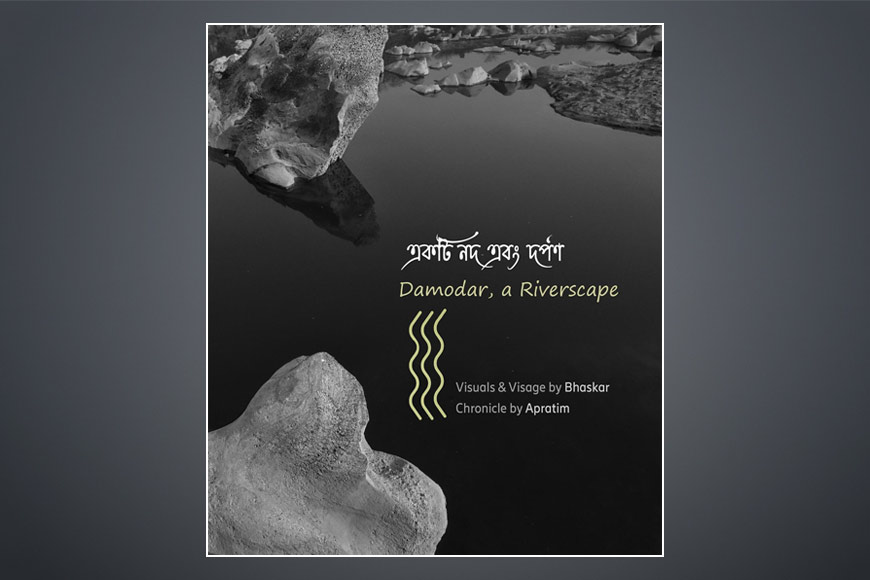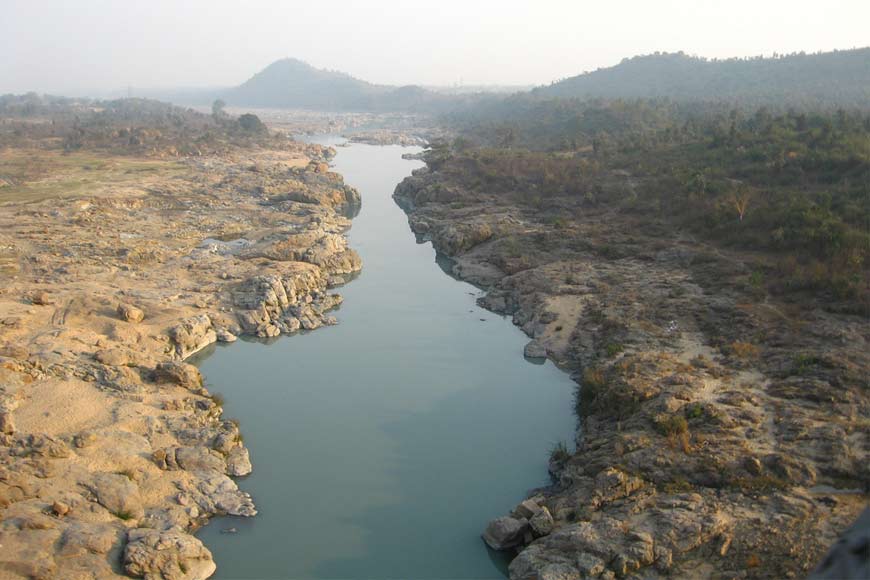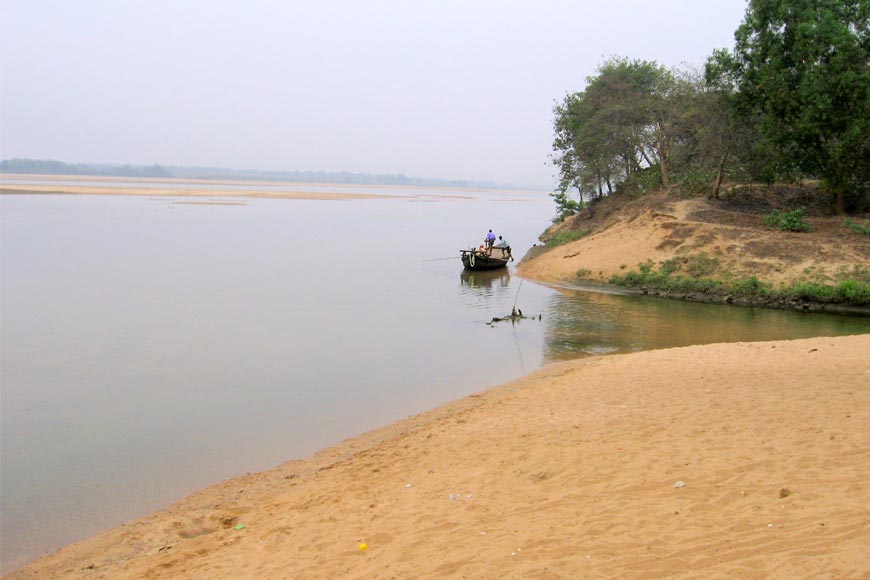A stunning visual saga of Damodar, Bengal’s one-time river of sorrow

I’ve known rivers:
Ancient, dusky rivers.
My soul has grown deep like the rivers.
When American poet-novelist Langston Hughes penned these lines, he was probably unaware that over half-a-century later in India, a profound believer in the mysteries of nature would embark on a soul-searching journey of a mighty river and present to the world a book that will become a treasure trove, much like the flowing waters of a river supporting civilisations down centuries. Damodar, a Riverscape by photo artist Bhaskar Mukherjee and writer Apratim Kundu is a canvas of different stages of the river Damodar’s journey, a river that has been given a masculine avatar unlike most Indian rivers, which are considered to have a feminine form.
The coffee-table book brings out the tale of a river whose Bengali name translates into English as a ‘rope around the belly’ for the way it skirts the basin like a belt, creating a beautiful landscape that traverses geographical boundaries. Often compared to the Ruhr of Germany for the enormous coal reserves along its basin and banks, Damodar evokes curiosity in the minds of the authors owing to its stark difference from most other Indian rivers, particularly the mighty Ganges, considered to be the lifeline of this huge country.

Damodar has its own character, dotted with small colonial-era villages all the way along its course, many of which were established by the British as summer retreats, surrounded by hills and rocky terrain. It is a river that offers a challenging landscape to all those who have travelled along its course as well as settled on its banks. Either it floods with all its fury, for which it is infamously known as Bengal’s ‘river of sorrow’, or opens a vista of difficult terrains that throws up numerous hardships. Hence the people living along the Damodar are some of the most hard-working people of India, as they navigate this difficult river on and off.
The visuals of the book are out of this world, interspersed with bilingual text. Hence the book has crossed the language barrier, and anyone interested in rivers will find the content not just well-researched, but a collector’s item that will enrich future generations.
Also read : Tribal Bengal, a book like no other
Long lost narratives, such as that of the Anglo-Indians of McCluskiegunj, a town relegated to the wayside of history, or the folklore woven around the Chulhapani pit near Bodagram village, are a bonus of the book, where the reader not just gets to know the geographical, historical and topographical wonders of a river, but also gets a peek into the lives and livelihoods of people who have established their homes and hearths with the river as the focal point.
The river’s throbbing blue force is often interspersed with stunning temples and tribal ways of life, an intrinsic part of the Damodar basin. Be it the megalithic era Rajrappa or the legends of the headless goddess Chhinnamasta, or the multi-layered town of Ramgarh, the ghuri mela or kite festival of Bardhaman, the wild Damodar has framed it all. And they all bear the legacy of a river that could never be tamed.

The book turns into a vibrant tapestry, thanks to the innumerable photographs on mining activities in the area and the colourful life of the tribals, from their local markets to festivals. However, the beauty is tinged with sadness. From a river of sorrow which everyone dreaded, Damodar seeme to have turned into a sorrowful river. The innumerable dams and barrages under DVC or Damodar Valley Corporation have successfully reduced flooding, but while trying to rein in the river, they have caused major damage to its flow, and the ferocious river is no more. It is believed that at one time, the river was so mighty that even its canals were navigable. Today, that same river paints a pitiful picture - “Indifferent, tired, trudging towards a rugged, uncertain future.”
Damodar, a Riverscape (Ekti Nod Ebong Darpan) features visuals by Bhaskar Mukherjee and text by Apratim Kundu. Available at major online and offline bookstores











